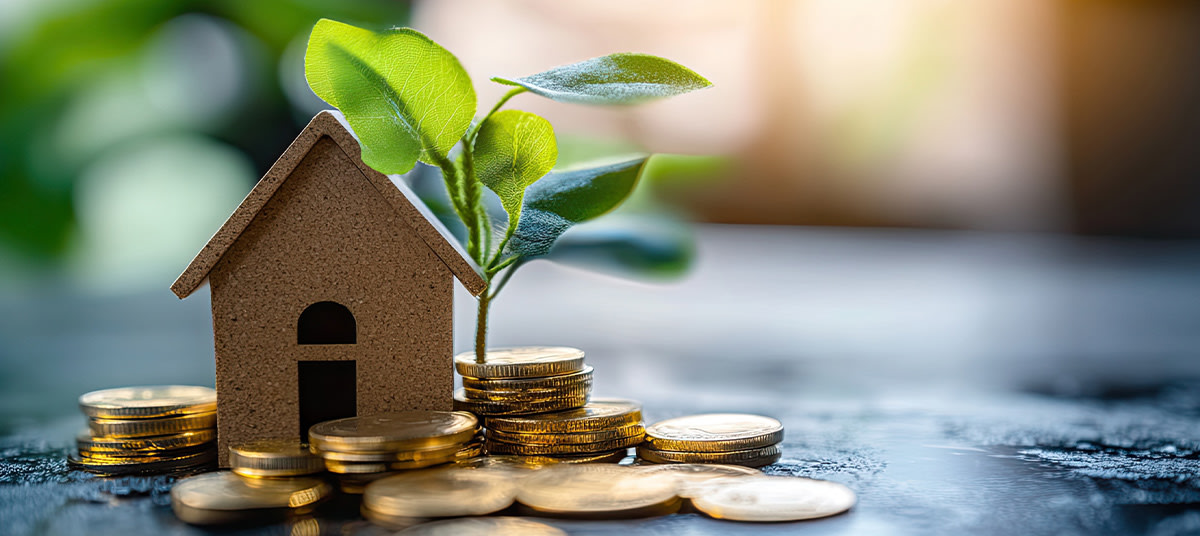
The government-owned ‘green’ bank has reported a record-breaking year as it continues to seek to shape new investment models.
The Clean Energy Finance Corporation (CEFC) has reported a record $4.7 billion in new investment commitments for FY24–25, highlighting its growing influence in driving net-zero investment.
In its 2024–25 annual report, the government-owned ‘green’ bank also reported a total of $25.7 billion in investments. This brought the CEFC’s lifetime commitments to $18.3 billion, with a lifetime transaction value of $85.3 billion.
Part of the CEFC’s role is to drive investment into green energy, technology, and initiatives.
For instance, earlier this year, the ‘green’ bank revealed it had contributed $100 million in funding to Metro Finance’s MetroEco green lending program.
This funding enables Metro Finance to offer borrowers interest discounts on loans for eligible electric vehicles (EVs), energy-efficient equipment, and battery technology.
Ian Learmonth, CEFC CEO, said the role of the bank had very much been to help shape new investment models and provide market certainty.
“The role of the CEFC in delivering on the promise of Australia’s net zero future has always been more than the numbers, as important as they are,” he said.
“By working alongside co-investors – and specifically not competing with them – the CEFC capital is shaping new investment models and providing market certainty in a manner that recognises the urgency of the climate challenge.”
Steven Skala, CEFC chair, also commented on the results.
“CEFC capital is enabling efficient investment in transmission and transport infrastructure; contributing to technology advancement, diffusion and innovation, and supporting adaptation to changing climate conditions,” he said.
“As the world transitions to net zero, Australia’s ability to draw on its comparative advantage in renewables and clean energy should, over time, add to all our prosperity.”
Supporting green investment
The CEFC has made a number of notable moves over the past 12 months.
Last year, ING announced it will roll out a Home Energy Helper offering and a Green Upgrade Loan, for instance.
At the time, the non-major said the low rate of the Green Upgrade Loan has been made possible by funding from the Clean Energy Finance Corporation’s (CEFC) $1 billion Household Energy Upgrades Fund™ (HEUF™).
Several other lenders, including Westpac, have also launched CEFC-backed offerings.
The CEFC has also partnered with non-banks such as Firstmac to provide green vehicle loans.
[Related: New EV sales roar to record high as car financing accelerates]

